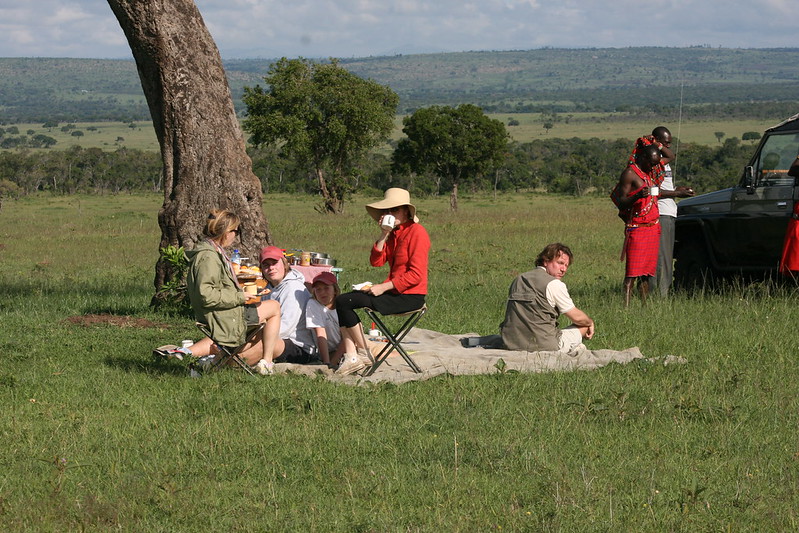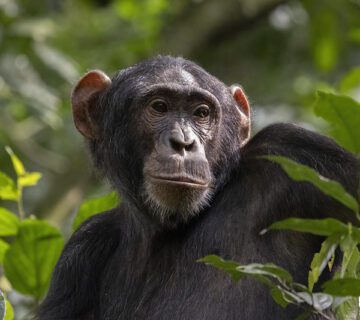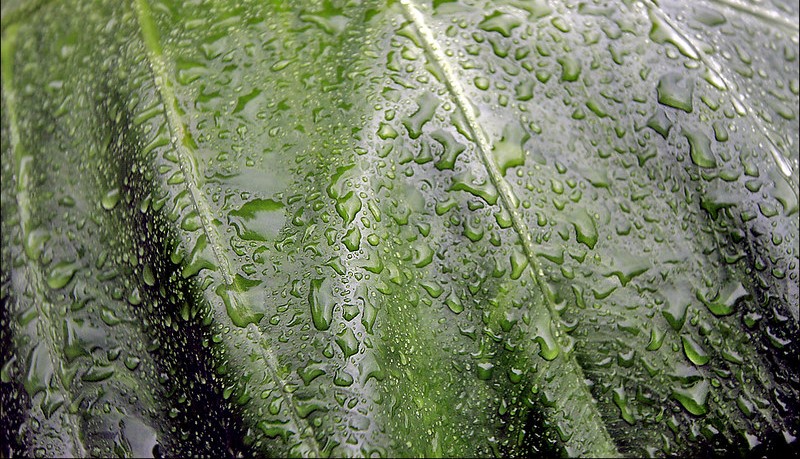The best time to visit Kenya; Kenya welcomes visitors all year, but the ideal time to visit is during the dry season, when temperatures in the heartland and coastal areas are mild with little or no rain forecast. The dry season lasts from January to March and July to October, and it is the greatest time to see animals in the national parks and reserves.
During the dry season, particularly from July to October, the Great Wildebeest Migration occurs in Masai Mara National Park, which is unusual because the wildebeest try to cross the Mara River while crocodiles are eagerly waiting to feed on them, while others drown in the river, and corps continue to serve as food for crocodiles, hyenas, vultures, and other animals that feed on fresh. The annual wildebeest migration is a natural drama that many people appreciate.
The temperature in the dry season is normally hot during the day, but quite chilly at night/evening. In January, one of Kenya’s driest months, the Masai Mara National Reserve receives roughly eight hours of sunshine each day and about five days of rain.
The dry season’s typical temperatures range between 27 and 10 degrees, and it is quite hot throughout. The average rainfall received during the dry season is around 55 mm, with an average daytime of 12 hours and a nighttime of 12 hours.
The dry season is the greatest time to visit Kenya since it offers decent and cheap hotel prices to all visitors who want to spend their holiday safari in Kenya. It is also extremely simple to see the predators. You may enjoy watching a large number of wildlife creatures assemble at the Mara River to drink water while the lions, crocodiles, and other predators wait for their meal.
The dry season allows guests to enjoy watching baby animals and migratory birds, which is very appealing to bird watchers. This is an excellent time to photograph your safaris since the skies are so clear. Although the dry season makes wildlife watching difficult, we recommend that guests bring sunglasses, sun repellents, and an African tent to avoid direct solar rays scorching their skin and improve animal viewing.
Where to visit and what to do in Kenya.
Masai Mara Kenya Safari
Maasai Mara, often known as the Mara by locals, is one of Kenya’s beautiful national parks. It is located in the Great Rift Valley on the western escarpment and is home to large populations of wildlife creatures. The park is located in Kenya’s southern region, in Narok County, and encompasses around 1510 square kilometers. Masai land borders Tanzania and is considered an extension of the Serengeti National Park in the north.
Masai refers to the red cloak used by the Masai tribe who first lived in the park many years ago, whereas Mara signifies mottled. The Masai Mara National Park is home to more than 95 animals, as well as over 450 bird species, amphibians, and reptiles, among other ecological wonders. Wildlife creatures include huge wildebeests, zebra, Masai lions, elephants, crocodiles, African buffaloes, giraffes, leopards, and cheetahs, among others.
Masai Mara is available to visitors all year, but the best time to visit the park is from December to February, which are ideal for observing large cat creatures and coincide with Kenya’s brief dry season. However, the greatest time to see the wildebeest migration, which takes place every year during the dry season and is one of the world’s seven wonders, is from July to October.
Tsavo Safari Kenya
Tsavo National Park is one of Kenya’s largest and oldest national parks, covering 13,747 square kilometers and was gazetted in 1948. The national reserve has been divided into two halves, Tsavo West and Tsavo East. Tsavo National Park is located in the semi-desert region and was named after the Tsavo River, which flows west-east through the park.
Tsavo East is famous for its large populations of elephants that enjoy bathing in the red dust. It also offers breathtaking views of the semi-arid lush plains that provide an unforgettable game viewing experience, the Yatta plateau, Mutanda rock views, birdlife species, Luggard falls flowing into a crocodile pool, and scenic rapids that make it an ideal location for taking photographs. Lions, hyenas, gazelles, cape buffaloes, giraffes, impalas, zebras, rhinoceros, and waterbucks are some of the wildlife creatures found in Tsavo East.
Tsavo West encompasses an area of 9065 square kilometers and is endowed with spectacular scenery. It is a birder’s paradise, home to Chaimu crater as well as amazing springs such as Mzima springs, among others, which support large populations of hippos and crocodiles. Tsavo West is characterized by lush forest, which provides breathtakingly stunning landscape vista towards the shadows.
Tsavo National Park is open to visitors at any time of year, with two rainy seasons: March and May, which are associated with heavy rains, making game viewing difficult, and October to December, which are associated with fewer rains, enhancing the game viewing experience in the park.
The average temperature during the day is 27 to 31 degrees Celsius, while the average temperature at night is 22 to 24 degrees Celsius.
Amboseli National Park Safaris
Amboseli is Kenya’s second most popular national reserve, encompassing 8000 square kilometers. The reserve is located around 240 kilometers from Nairobi, Kenya’s capital city. Amboseli, a Masai term, means “salty dust”. The reserve is surrounded by Masai people, and the area receives an average rainfall of around 350 kilometers, which is less than that received in other parts of the nation.
Amboseli is home to a large amount of species, making it one of the top spots in Kenya for wildlife game viewing.The reserve is home to over 400 bird species, including the pelican and kingfisher, as well as the Masai community and breathtaking vistas of Mount Kilimanjaro.
Amboseli National Park is accessible by air and car. However, we ask visitors to follow the park’s rules, which are for the benefit of all visitors, such as avoiding driving off the circuit. It is crucial to remember that the park contains volcanic soils, so they get muddy and treacherous during the rainy season, while in the dry season, the roads become excessively dusty.
Lake Nakuru National Park
Lake Nakuru National Park is noted for its pink flamingos and is located in central Kenya, near to Lake Nakuru, thus the name. The reserve was established in 1961 and now supports about 450 bird species, 56 different animals such as rhinos and waterbucks, and over 550 plant species including the Europhobia candelabrum forest and yellow acacia forests, Makalia waterfalls, and many other tourist attractions.
The park may be visited both by air and road. The highways connecting Nairobi are tarmacked, but you may get to the park via Nakuru town, which is around 4 kilometers away.



